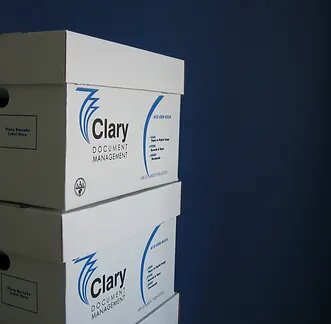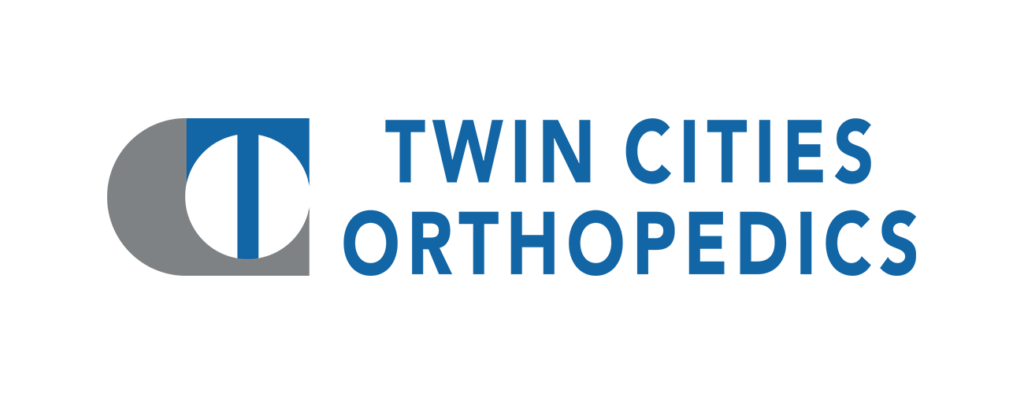Trusted by doctors across the United States since 2006
Closing your medical practice?
Call Clary
- Clary Document Management, Inc. 5600 Pioneer Creek Drive Minneapolis, MN 55359
Medical Record Custodian for the United States
- Give us a call!
763.548.1320
Assuring a continuity of care and privacy protection for patients.
A legacy of Security and Service
As healthcare providers migrate from paper charts to electronic medical records (EMR), a legacy of inactive paper charts stays behind. Most of these charts remain inactive until ultimately destroyed at the end of their retention schedule. While the information contained in each chart is still vital, managing the paper is cumbersome and expensive.
Clary offers a solution; we remove paper records from any healthcare provider in the United States and store them in Clary’s secure warehouse.
Whether you’ve decided to move to EMR or remain “all paper”, we’ve got you covered.
Seamless digital transition
Facilitating a fluid transition from paper to electronic medical records (EMR)
High security
Documents are securely protected by an insured staff

HIPAA compliant storage, scanning and shredding
Why Choose us

Family-owned business
Over the past 16 years, Clary has provided HIPAA compliant storage, scanning and shredding service to hundreds of hospitals and clinics throughout the continental U.S.

Customized storage programs
We understand that no two medical practices are alike, we will customize a medical record storage program that satisfies the unique demands of your practice.

High secure storage facility
Sixteen surveillance cameras in our storage facility digitally record all activity 24/7. The building is alarm-protected and equipped with the latest in fire suppression technology.
2006
Year Clary opened. One of the first custodians!
500+
Hospitals and physicians served
24/7
Storage facility security
16
Surveillance cameras
Some of Our Clients





Clary Document management use cases
Retiring professionals
We'll ensure a stress-free transition by keeping your data secure and protected.
ROI Processing
ROI requests are processed according to your policies, and in accordance with all state and HIPAA guidelines.
Closing a practice
Trust Clary to be a partner in assuring a continuity of care for your patients following the closure of your practice.
Customized service
Every case has slightly different needs and priorities. We’ll customize our services to fit your requirements.
We take pride in providing unparalleled service
